- Four-seat compact SUV could be cheaper than Dacia’s Spring
- Design study loses creature comforts to keep cost down
- Inspiration taken from Nothing and Teenage Engineering
Measuring just three meters long, 1.53 meters high and 1.55 meters wide, the Dacia Hipster Concept looked slightly comical when it silently rolled into a hangar on the outskirts of Paris, complete with driver behind the wheel and Dacia design director David Durand waving from the rear passenger seat.
It’s unfathomably small, but with all four, 14-inch wheels pushed to each corner to maximize space, it can comfortably seat four, or transport a washing machine in the back when the rearmost seats are folded flat.
As projects go, this is probably the most Dacia thing Dacia has done in a long time.
To recap, the company has been on an upward trajectory over the past ten years, proving a smash hit with customers thanks to its excellent value proposition and no-frills motoring.
Dacias have always represented good value, but they’ve moved beyond the cut-price characteristics and now pack a personality of their own.
Proudly part of the Renault Group, the company is able to take existing technology (often from previous generation cars) and apply it quickly and cheaply to its own models.
But in recent years, it has ramped up its styling, nailed its branding and cemented its reputation as a ‘go-anywhere’ road trip facilitator that has been pinching customers from pretty much every automotive segment, age group and social status.
When the Spring EV arrived, it rapidly became the cheapest electric vehicle money could buy and is still one of the most affordable ways to enjoy emissions-free motoring. But not content with that, Dacia is on a mission to lower costs further.
By removing 70cm from the overall length of the Spring, the company has been able to make considerable material savings in the Hipster concept, but there are hundreds of other details that assist in bringing the cost down further.
Design director David Durand points to the fabric handles that open the doors, the sliding glass windows (the fact they don’t drop into the door card allows extra room for elbows) and the exposed front and rear lighting that does away with superfluous casings.
“It just adds extra material and weight, so we left the lights raw,” Durand explains, agreeing that there is more than a hint of Teenage Engineering and Nothing about the exposed screws and cuboidal surfaces.
Inside, the seats ditch the usual cushioning and coverings for a lightweight frame that’s covered in a surprisingly comfortable mesh fabric. “Like those office chairs,” Durand points out.
There’s a small digital display in front of the steering wheel for speed readouts and other key metrics, but it is up to the driver to bring their own device.
There’s a cradle and charging ports for a smartphone and Dacia offers an app that links with the vehicle to transform said phone into a traditional infotainment dashboard, complete with shortcuts to Spotify, Google and all of the other important apps.
Hip to be square
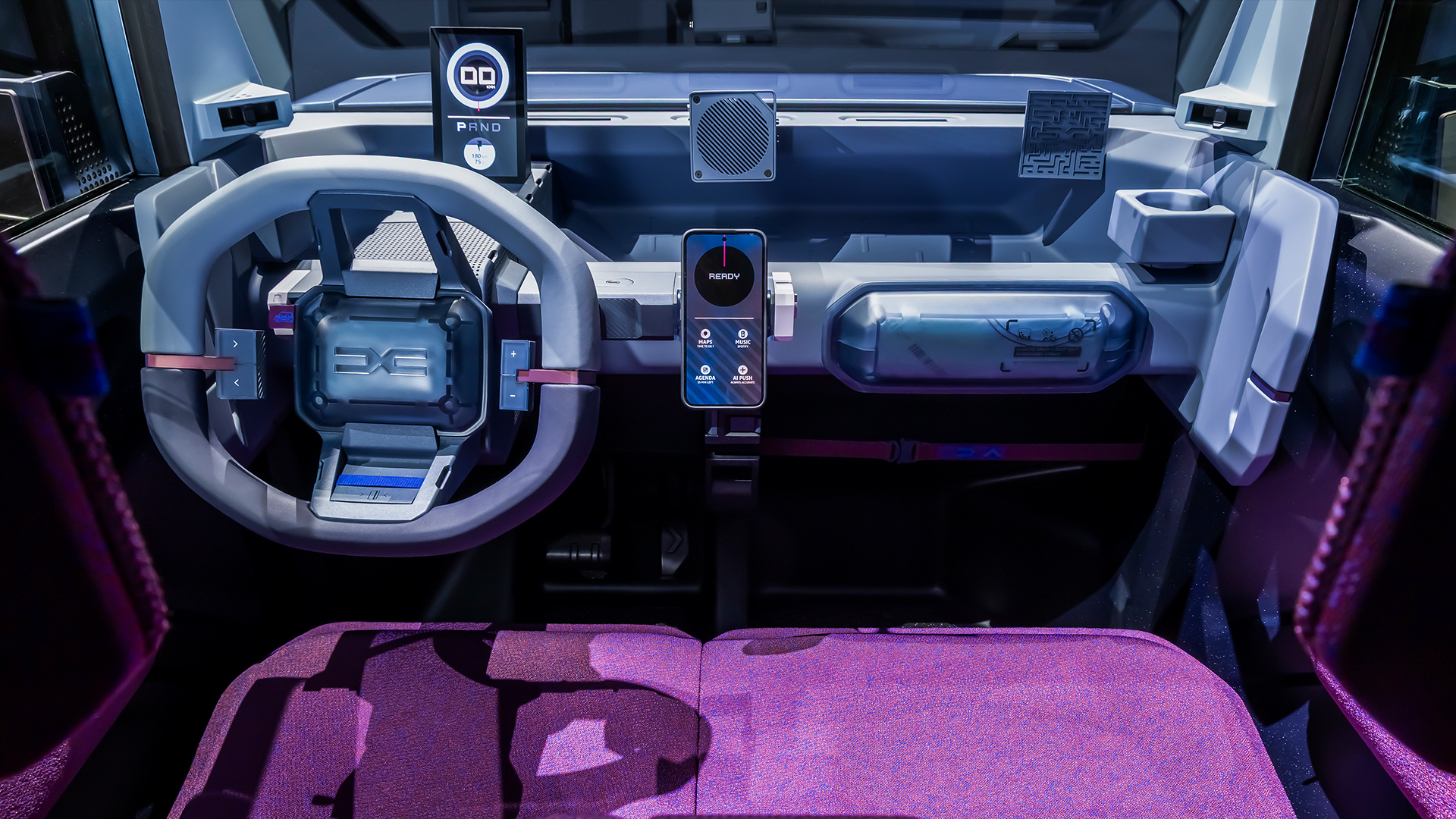
Dacia’s designers have also riffed on the next generation of the brand’s YouClip 3D-printed accessory system, which sees things like lights, cupholders and storage solutions neatly attach to various points throughout the car.
In the Hipster Concept, a number of these points boast a power feed, meaning users can brim devices on the move from charging cradles, but also power a fan for cooling or heating, and a Bluetooth speaker for blasting the tunes.
“We even asked if we need air conditioning in a car like this,” explains Durand. “This is a vehicle owners will hop in a drive for 20km, so there’s no real need for big screens, A/C and other ofter underused extras,” he adds.
Durand tells me that the company is aiming for a hypothetical range of around 160km from a full battery charge and that DC fast charging is probably out of the question, as most will likely plug in at home or work.
Hipster is still very much a concept for now but it feels that Dacia wants to will this into production, citing the fact that the European Union is currently debating adding another automotive category to the existing L7 Quadricycle, which can be driven without a full license and by those as young as 14 years of age in some countries.
A secondary category that sits just beneath an A-segment vehicle, which legally requires a number of active and passive safety systems that would add weight and cost to Hipster, would allow the compact four-seater to serve those that want something more than a Citroen Ami, but also don’t want to commit to a more traditional EV.
With budgets being stretched, younger drivers finding it difficult to find freedom and potential EV converts put off by big, bloated SUVs, the Hipster Concept offers a cool alternative – something unique, something clever and something very Dacia.
Follow TechRadar on Google News and add us as a preferred source to get our expert news, reviews, and opinion in your feeds. Make sure to click the Follow button!
And of course you can also follow TechRadar on TikTok for news, reviews, unboxings in video form, and get regular updates from us on WhatsApp too.


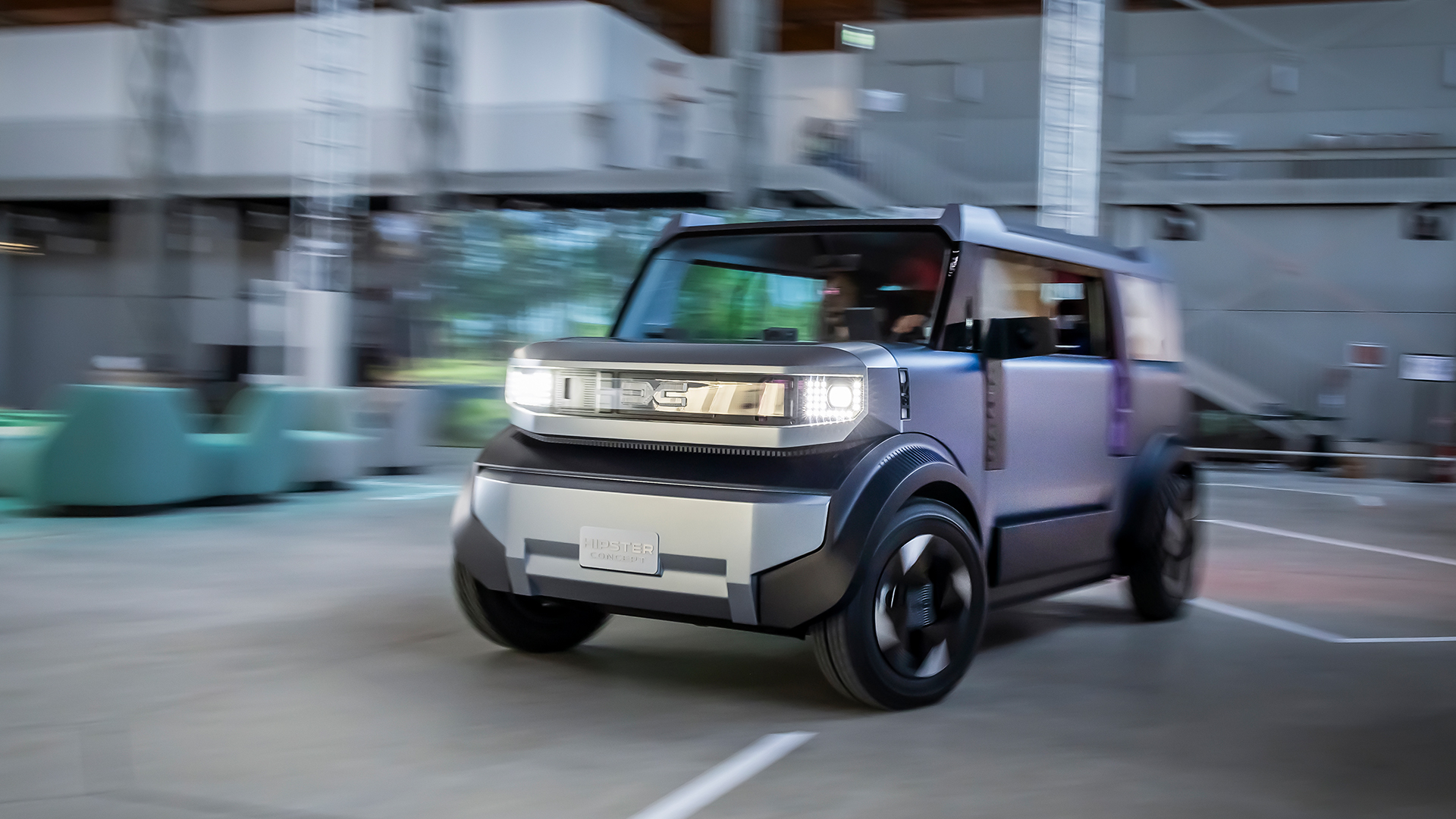
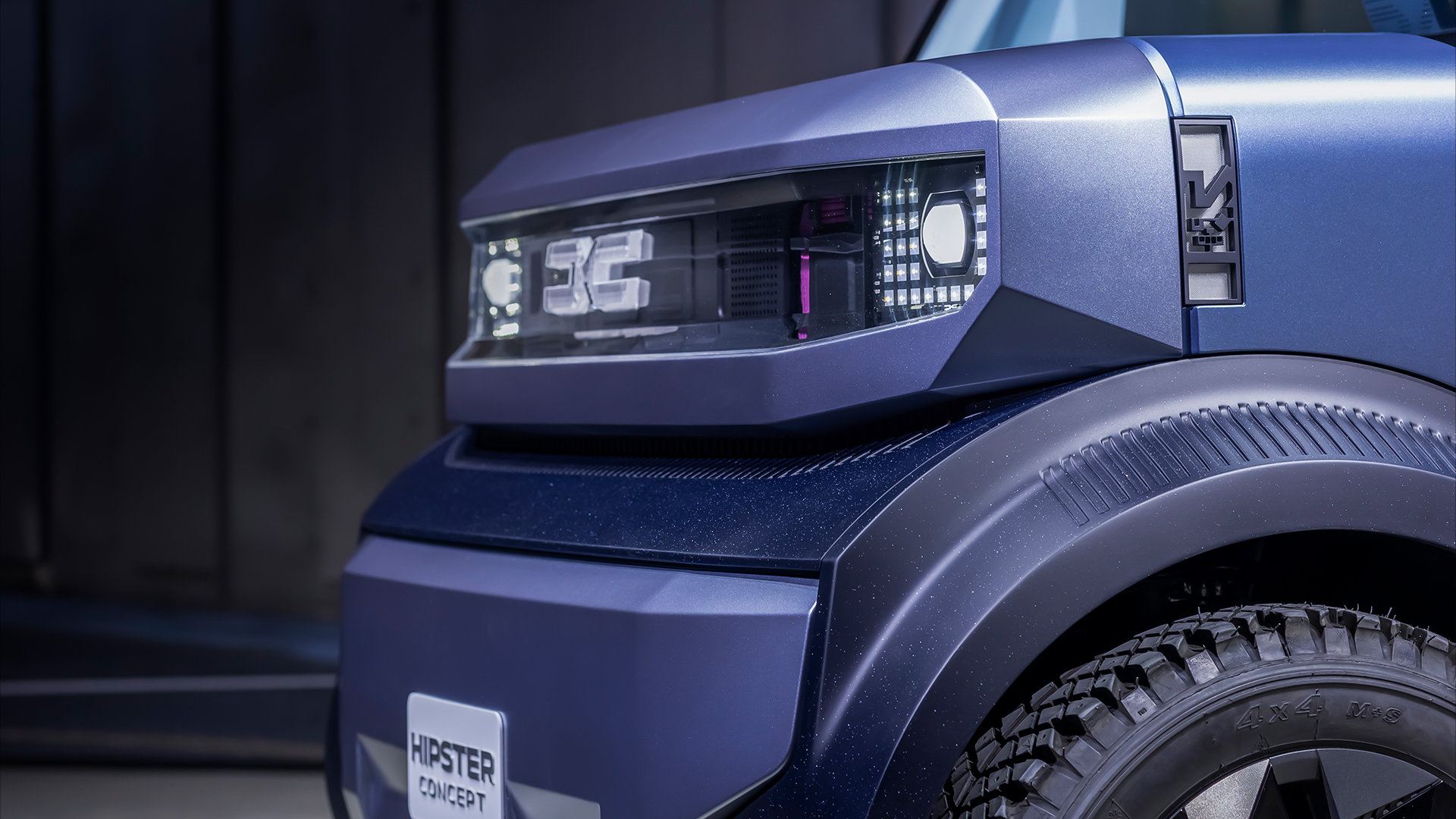
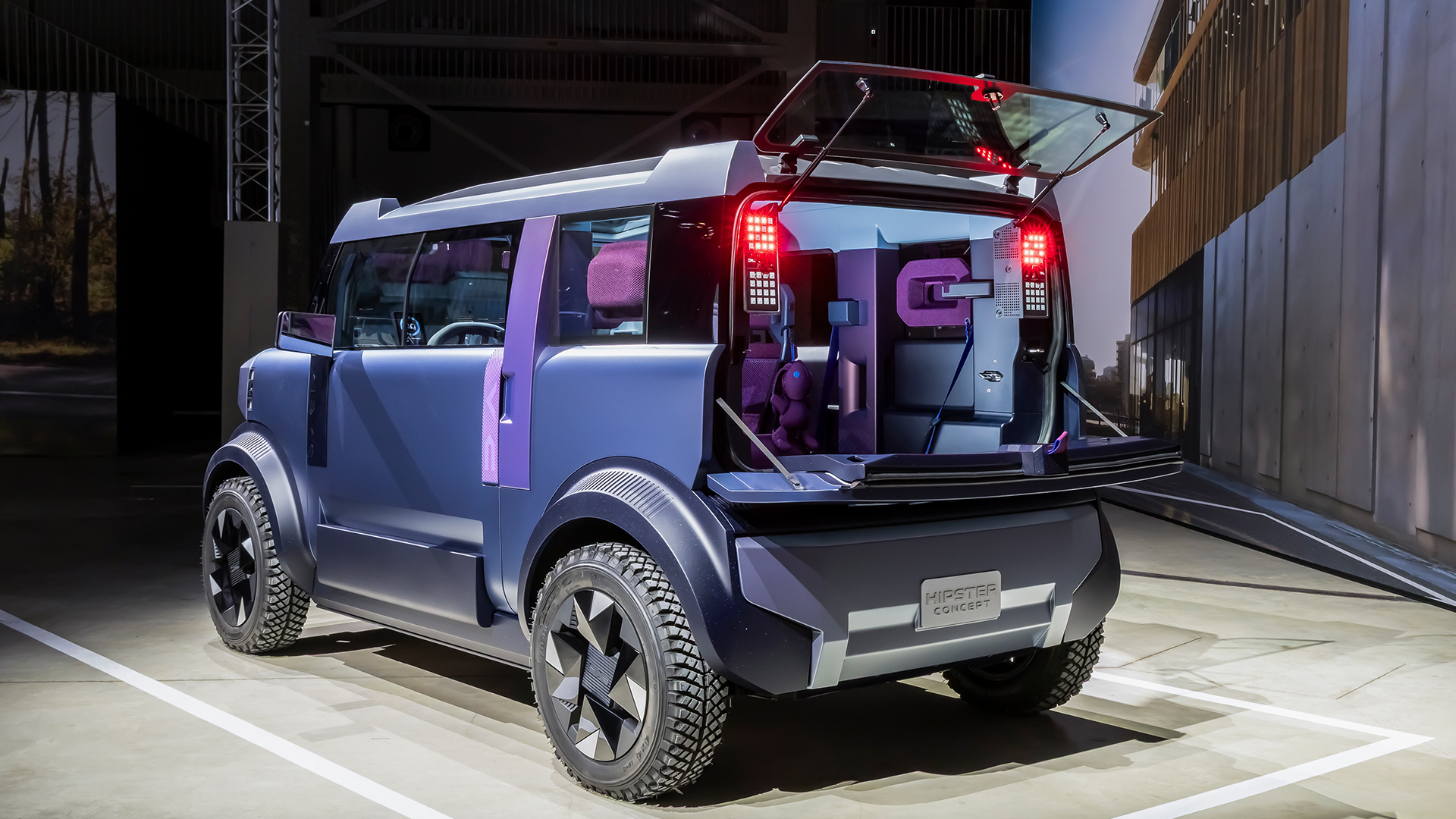
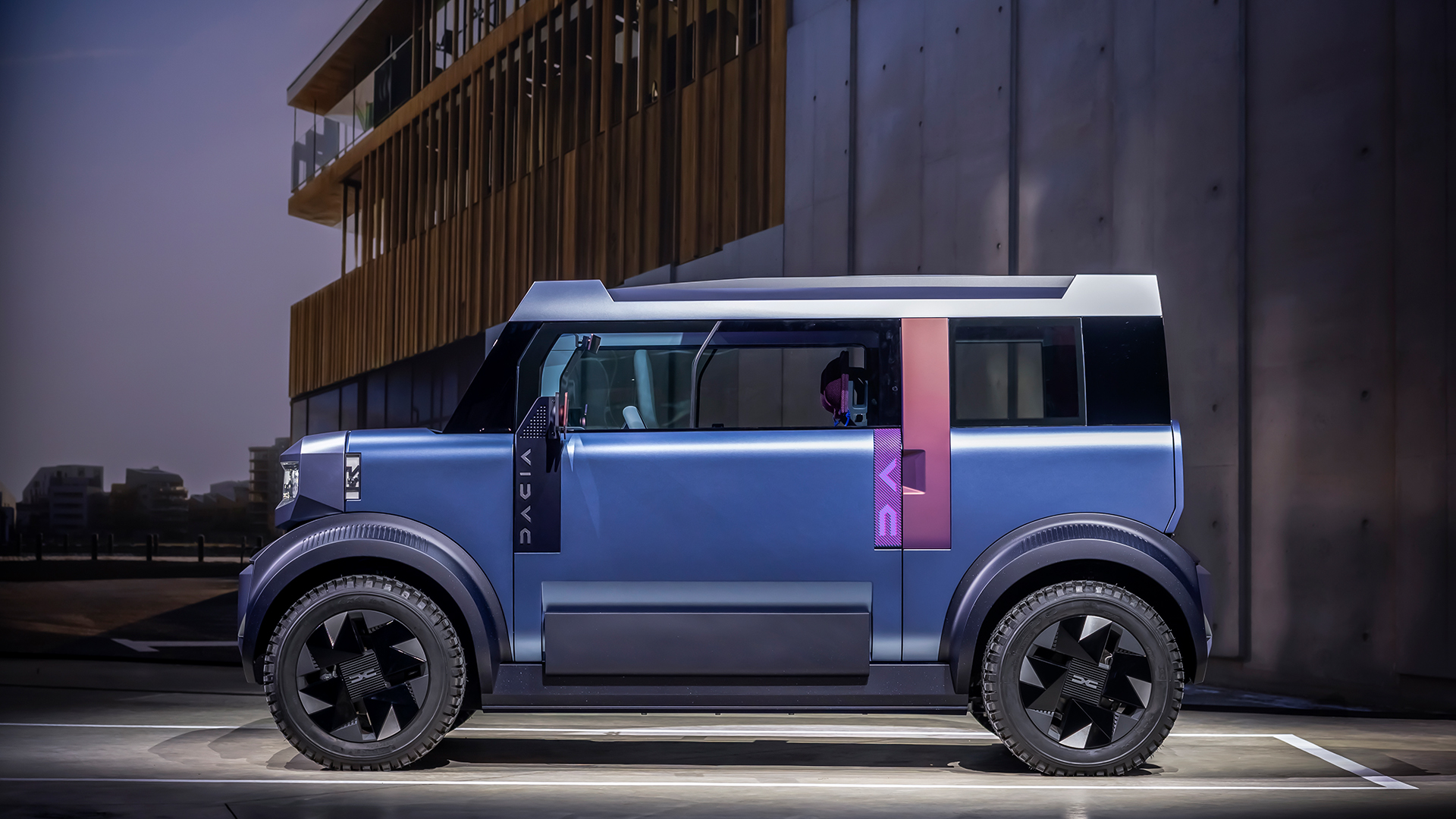
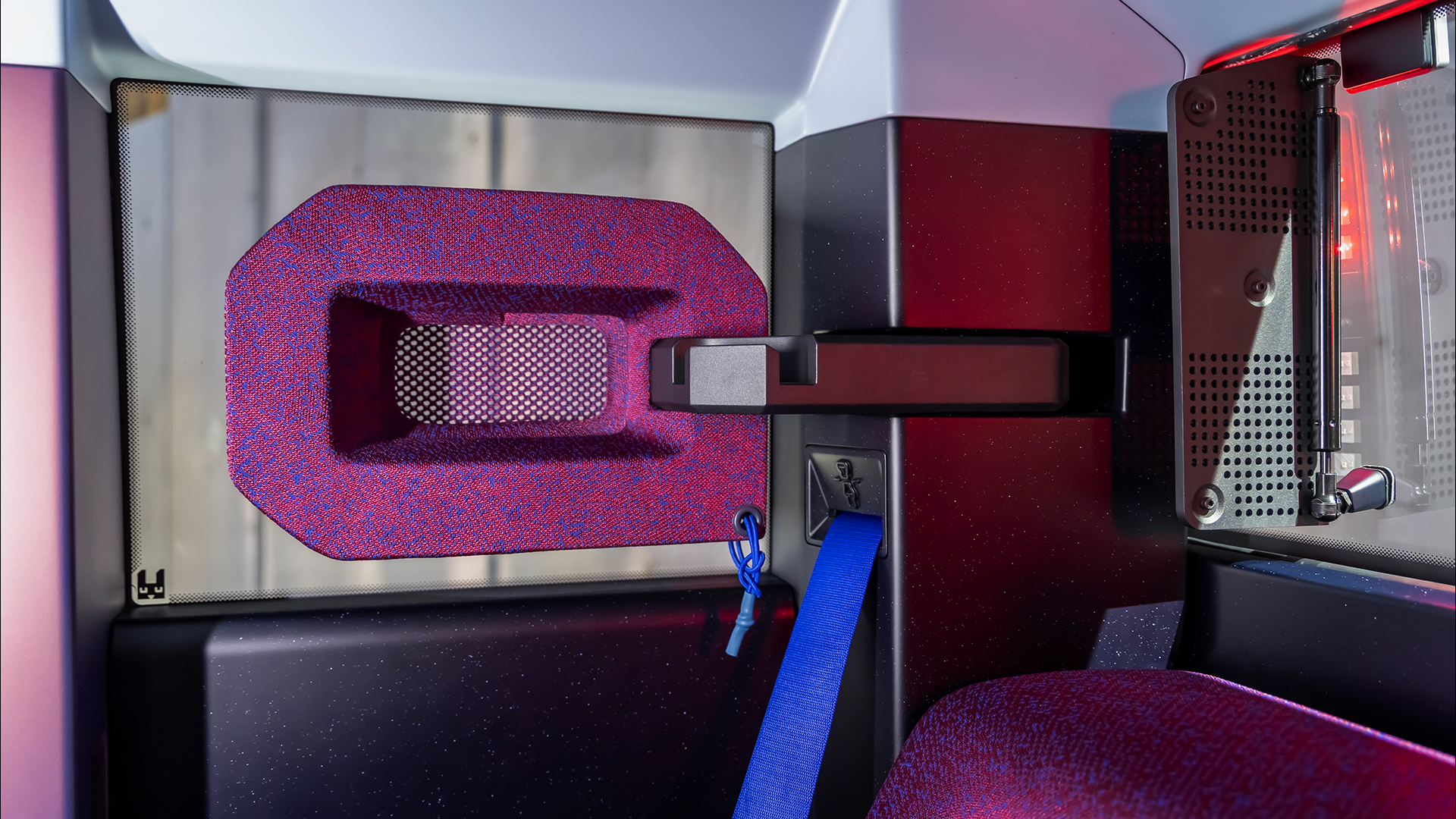
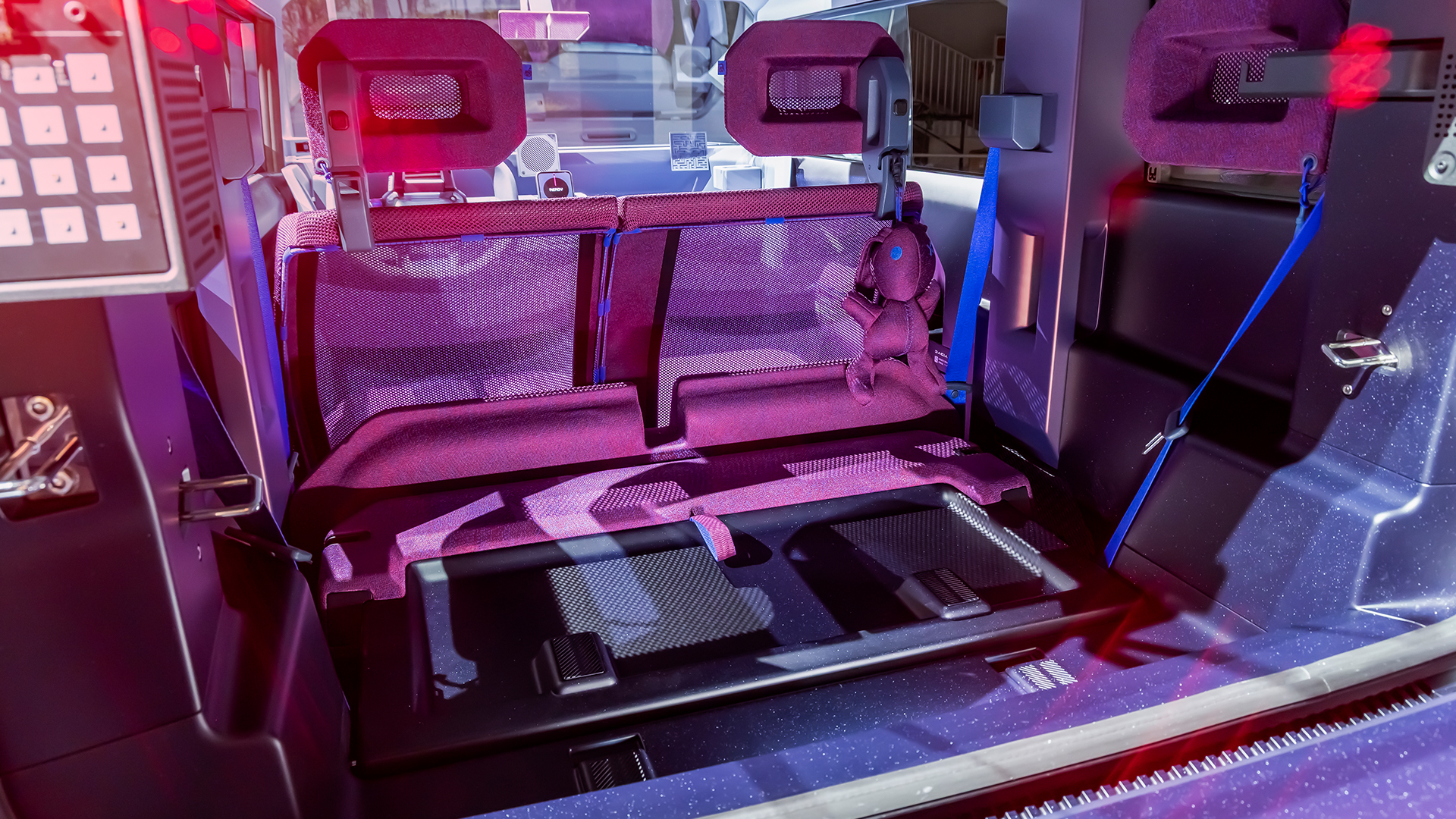

0 Comments